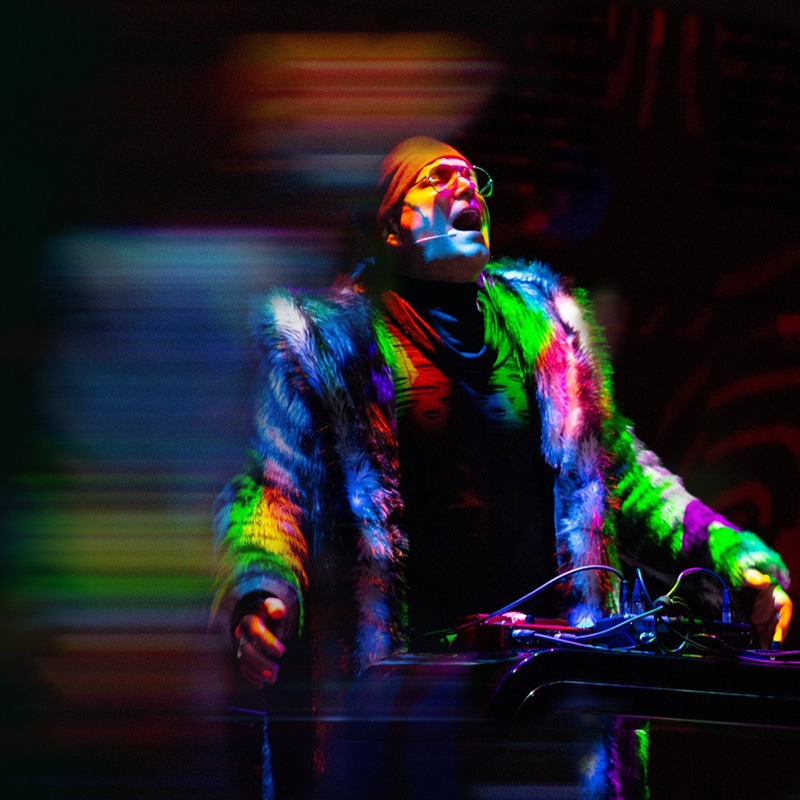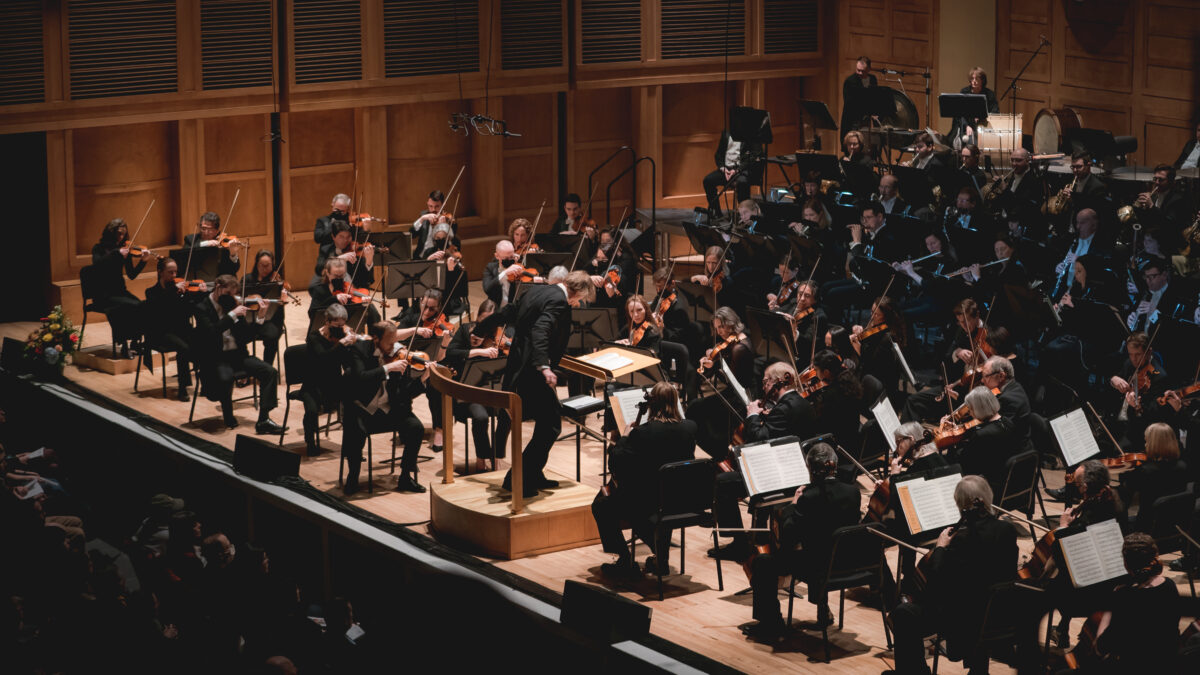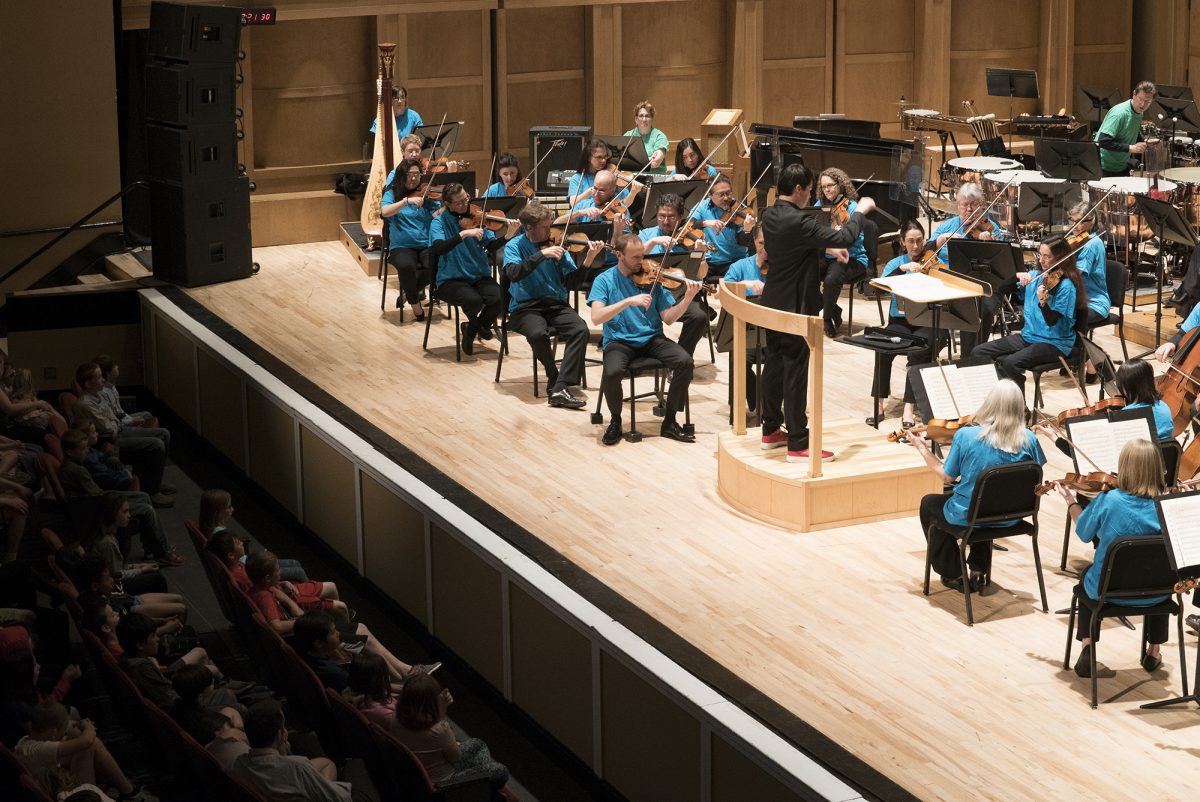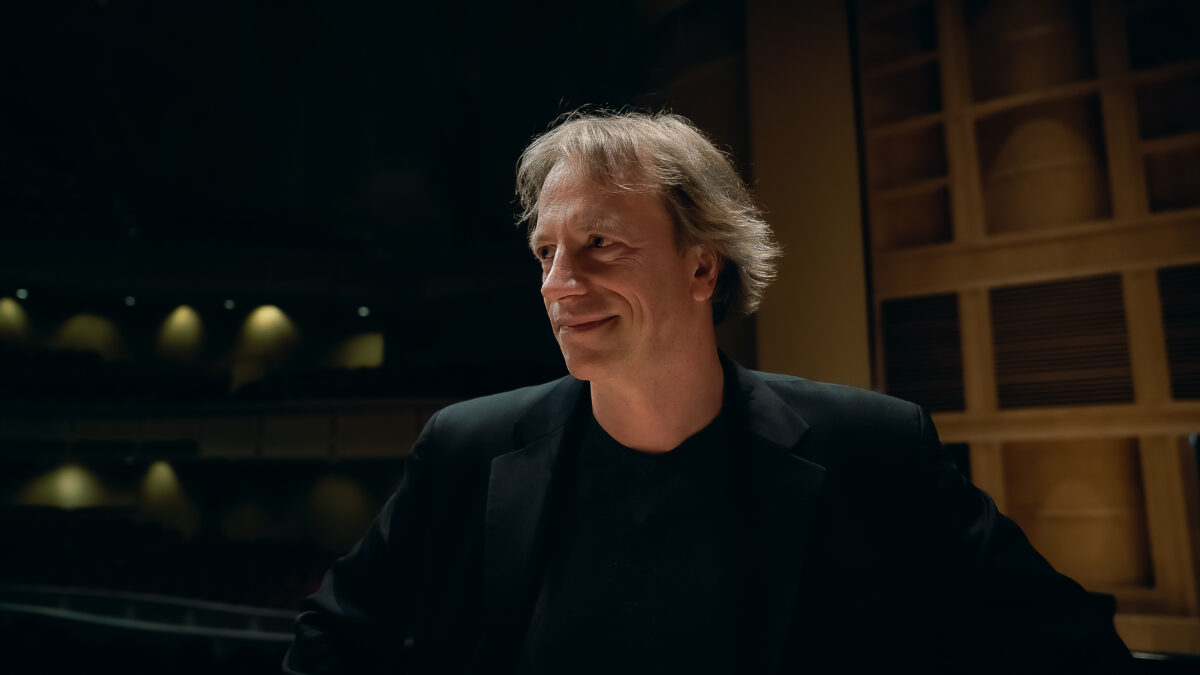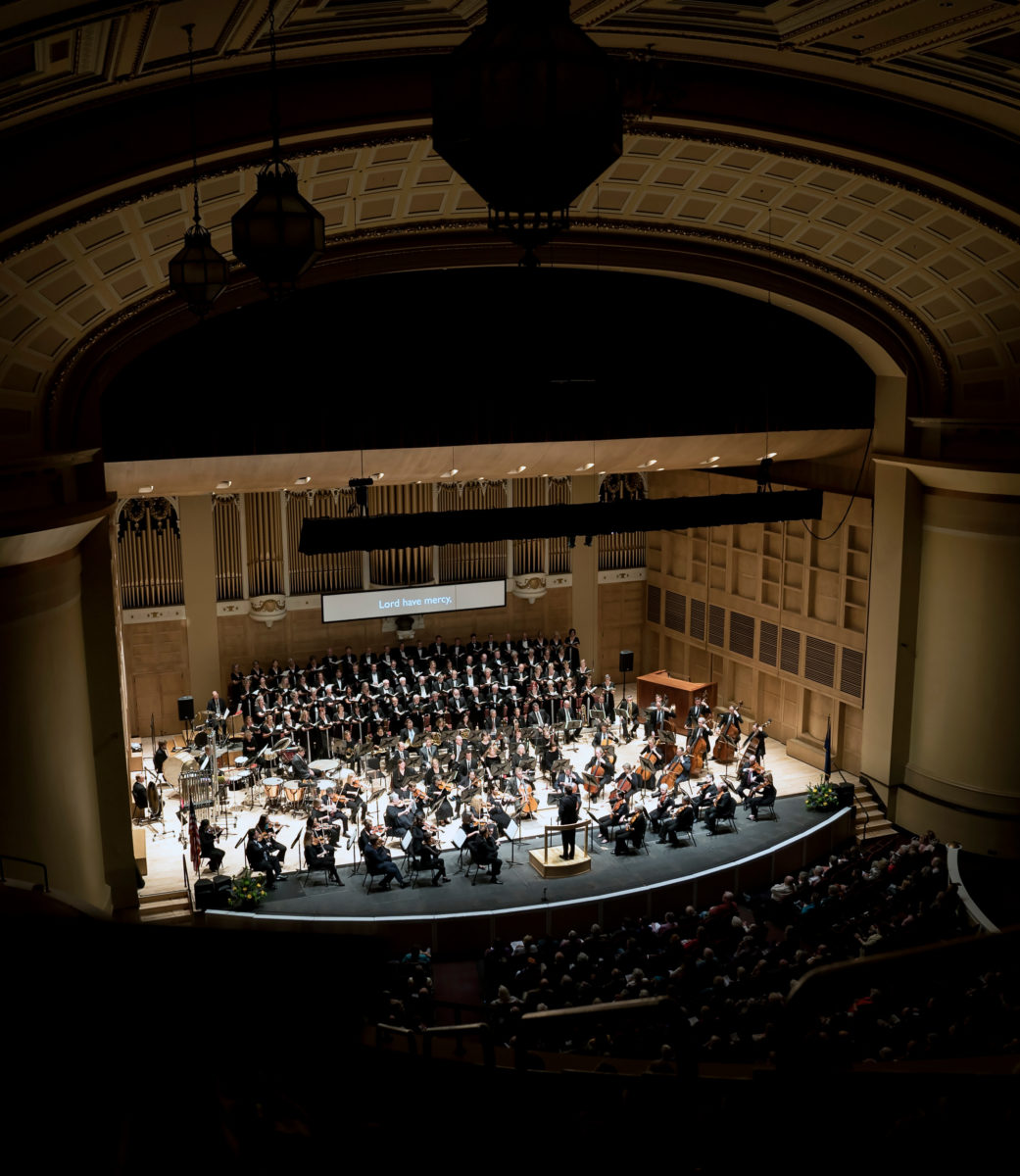Jaime Laredo Program Notes
Johann Sebastian Bach
Concerto for Violin & Orchestra in A minor, BWV 1041
J.S. Bach was born in Eisenach, Germany in 1685 and died in Leipzig in 1750. He likely composed this work between 1717 and 1723, although some scholars think it came a few years later. The circumstances of its first performance are unknown. The Concerto calls for solo violin, continuo, and strings.
*****
Bach not only knew Vivaldi’s violin concertos, he studied them extensively. His usual method was to copy them out by hand, simultaneously arranging them for harpsichord or organ and sometimes even touching-up the counterpoint a bit! No doubt Bach perceived the essential “rightness” of their form: Vivaldi, after Torelli, had developed the concerto to the point where his way of doing things had become the de facto Baroque standard. Bach made the form his own without attempting to emulate Vivaldi’s brilliance. Instead, he gave it his mastery of counterpoint and his daring harmonic sense; as a consequence, his concertos are at once more sober and more adventuresome.
The abundance of counterpoint in the opening movement of the A minor Concerto leaves no doubt as to its author or his flair for polyphony. The form is the ritornello, where the opening tutti passage returns periodically to separate the solo sections and to close the piece. Even though the solo sections appear one at a time, each one seems to pick up where the last one left off; instead of settling for mere contrast, Bach increases the depth and expression of the soloist’s music from beginning to end.
The ostinato bass line of the Andante revolves around a single note, while the upper voices clash frequently with piquant dissonance. Above all this the violin spins out an opera aria ripe with bittersweet melancholy. The last movement’s vigorous gigue strides along while the soloist’s music flows in long, lyrical lines full of both subtlety and passion.
*****
Georges Bizet
Symphony in C Major
Georges Bizet was born in 1838 in Paris and died in 1875 in Bougival, France. He composed this symphony in one month in 1855 but probably never heard it performed. The symphony remained undiscovered until 1933; it was first performed in Basel in 1935 under the direction of Felix Weingartner. The symphony calls for 2 flutes, 2 oboes, 2 clarinets, 2 bassoons, 4 horns, 2 trumpets, timpani, and strings.
*****
Most music lovers know Georges Bizet as the composer of Carmen, one of the world’s most beloved operas. What most people don’t know is that when Bizet died—in the middle of Carmen’s first run—he considered both the opera and himself a failure.
Bizet had been a child prodigy in the Mozart and Mendelssohn class, entering the Paris Conservatoire at age nine and winning every prize in sight. But as an adult he found the critics cool (if not hostile) to his music; his operas closed after only a few performances and he often had to make his living as an accompanist and arranger. He died young, convinced that Carmen, too, had been a failure.
When he was a young man Bizet was heavily influenced by Charles Gounod, who was one of his teachers at the Conservatoire. Like most young composers Bizet sometimes modeled his student works on those of the masters. When he decided at age seventeen to compose a symphony he looked to Gounod’s First Symphony for such a model. As with most good composers about to become great ones, Bizet’s modeling was not slavish: Bizet already spoke with his own musical language. But certain touches—such as the highly unusual fugato in the middle of the slow movement—may be easily traced back to Gounod.
The symphony begins with an Allegro vivo that sounds more motivic than melodic—that is, until the appearance of the exquisite second subject in the oboe. The Adagio is sheer operatic beauty despite the oddment of a central fugato—perhaps not one of Gounod’s better ideas! The third movement is a rustic scherzo with lovely melodic interludes. The Finale is a good-natured romp, fueled by the enthusiasm of its seventeen year-old composer.
Bizet probably never heard his symphony performed. He never mentioned it in his letters and even his early biographers were unaware of it. It was only discovered in the archives of the Paris Conservatoire in 1933 and first performed two years later. Many composers suppress (or try to suppress) what they consider to be juvenilia and Bizet probably feared the inevitable comparisons to Gounod. Ironically, Gounod’s First is seldom played anymore, while Bizet’s symphony has been a lively part of the repertory since its discovery. If you listen for the Gounod in this work you will surely hear it, but it is much more fun to listen for the operatic master that Bizet was about to become.
*****
Felix Mendelssohn
Symphony No. 3 in A minor, Op. 56, “Scottish”
Felix Mendelssohn was born in Hamburg in 1809 and died in Leipzig in 1847. He completed this symphony in 1842 and led the first performance with the Leipzig Gewandhaus Orchestra the same year. The score calls for 2 flutes, 2 oboes, 2 clarinets, 2 bassoons, 4 horns, 2 trumpets, timpani, and strings.
*****
“We went, in the deep twilight, to the palace where Queen Mary lived and loved. There is a little room to be seen there, with a winding staircase leading up to it. That is where they went up and found Rizzio in the little room, dragged him out, and three chambers away is a dark corner where they killed him. The adjoining chapel is now roofless; grass and ivy grow abundantly in it; and before the ruined altar Mary was crowned Queen of Scotland. Everything around is broken and moldering, and the bright sky shines in. I believe I found the beginning of my Scottish Symphony there today.”
So Mendelssohn wrote during his tour of Scotland in 1829. Rizzio was an Italian musician whom Mary Stuart elevated to the post of “private foreign secretary,” and who was rumored to have been Mary’s lover. The Scottish nobles were envious and wary of Rizzio’s influence; in March of 1566 several of them hacked him to death and defenestrated his body.
Though the title “Scottish” does not appear on Mendelssohn’s score, he continually referred to it as “my Scottish symphony.” No doubt he avoided an official title because he abhorred programs and felt no need to explain his music. Many have claimed that the symphony pictures the Scottish countryside and incorporates derivatives of Scottish tunes, but the composer’s own words refute this: “No national music for me! Ten thousand devils take all nationality!”
The symphony begins with the ten bars of music Mendelssohn jotted down the day of his visit to Queen Mary’s ruined chapel. Variations on this theme are used in lieu of contrasting material and the movement is unified strongly by the adherence to this central motive. The Scherzo’s main tune, announced by the clarinet, is clearly related to the theme of the first movement though some have heard an old bagpipe melody in it. The Adagio employs two main ideas, a broad melody in the violins and brooding chords in the winds. The Finale—a movement for which the word “vigorous” is simply too weak—again uses a derivative of the symphony’s initial motive in its second subject, here presented by a clarinet and two oboes. The imposing coda can also be traced back to this theme.
The murder of Rizzio has inspired countless poets, painters, and playwrights, and it had no less effect on the young and romantic Mendelssohn. Whether the “Scottish” Symphony is literally descriptive or merely evocative makes no difference: it is captivating and hugely enjoyable.
—Mark Rohr
Questions or comments?
markrohrprogramnotes@gmail.com





